Description
Certified Application Security Engineer
The Certified Application Security Engineer (CASE) credential was developed in partnership with application and software development experts globally. The CASE credential tests the critical security skills and knowledge required throughout a typical software development life cycle (SDLC), focusing on the importance of the implementation of secure methodologies and practices in today’s insecure operating environment. The CASE certified training program was developed to prepare software professionals with the capabilities that are expected by employers and academia globally. It is designed to be a hands-on, comprehensive application security training course to teach software professionals to create secure applications. The training program encompasses security activities involved in all phases of the secure SDLC: planning, creating, testing, and deploying an application. Unlike other application security trainings, CASE goes beyond just the guidelines on secure coding practices and includes secure requirement gathering, robust application design, and handling security issues in the post development phases of application development. This makes CASE one of the most comprehensive application security certifications for secure software development on the market today. It’s desired by software application engineers, analysts, and testers from around the world and is respected by hiring authorities.
What You Will Learn?
- In-depth understanding of secure SDLC and secure SDLC models.
- Knowledge of OWASP Top 10, threat modelling, SAST and DAST.
- Capturing security requirements of an application in development.
- Defining, maintaining, and enforcing application security best practices.
- Performing manual and automated code review of application.
- Conducting application security testing for web applications to assess the vulnerabilities.
- Driving development of a holistic application security program.
- Rating the severity of defects and publishing comprehensive reports, detailing associated risks and mitigations.
- Working in teams to improve security posture.
- Application security scanning technologies such as AppScan, Fortify, Web Inspect, static application security testing (SAST), dynamic application security testing (DAST), single sign on, and encryption.
- Following secure coding standards that are based on industry-accepted best practices such as.
- OWASP Guide, or CERT Secure Coding to address common coding vulnerabilities.
- Creating a software source code review process that is a part of the development cycles (SDLC, Agile, CI/CD).

